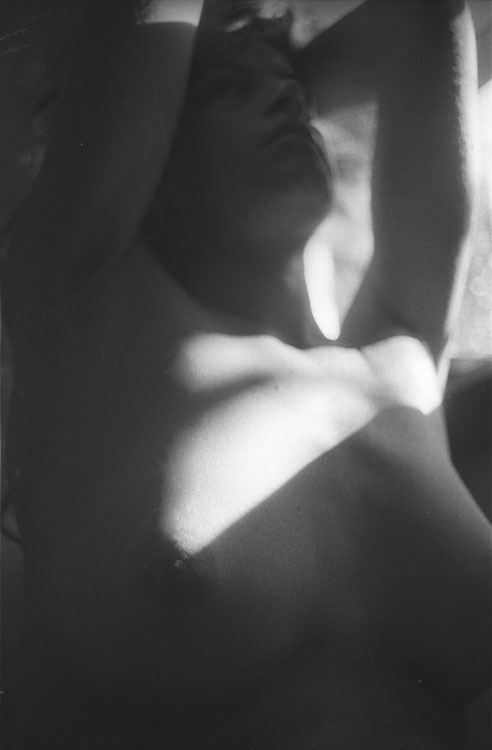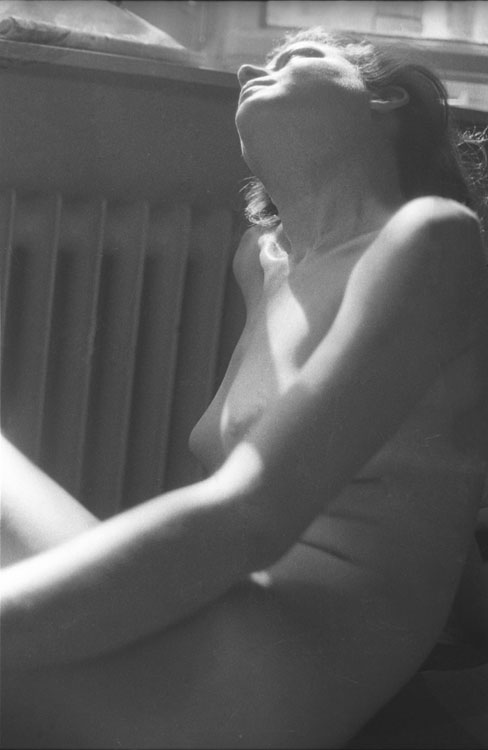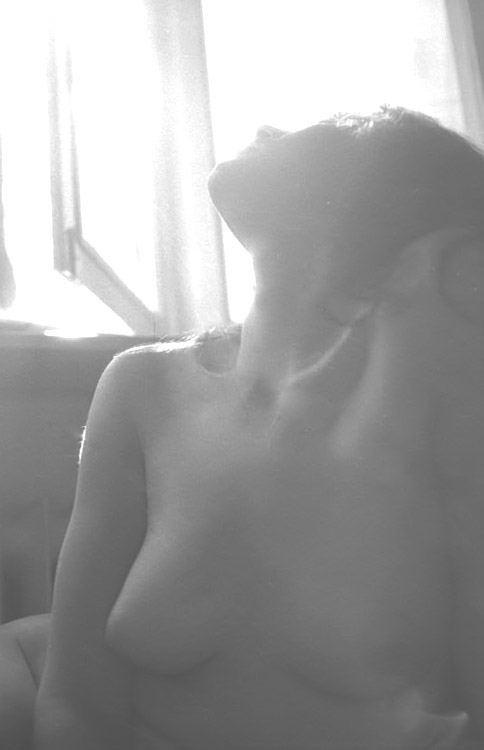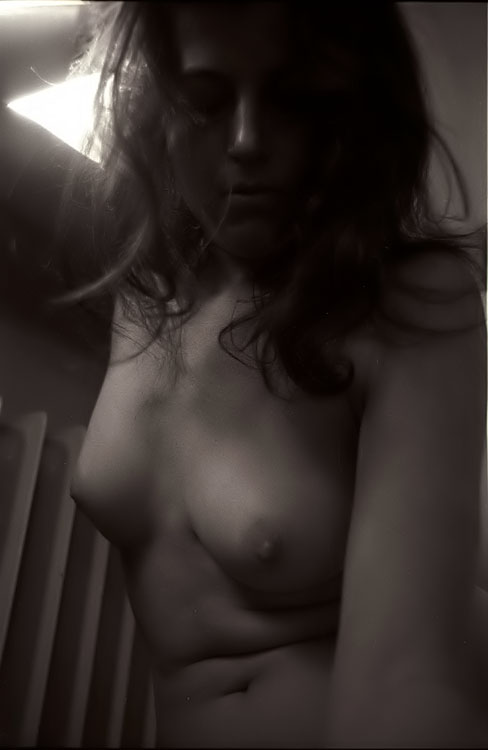|
Forward and Use of Light Feminine (or male) nude photographs will present the essence of what we want to pass through to the viewer. The picture is “transparent” and we are seen through it, and so are our thoughts and imagination.
In the ideal case – the message will be passed on completely – and the viewer will go through the same experience we had or wanted him to have.
There are endless schools for nude photography, starting with dreamlike hinted photographs up to abrupt shots on the verge of pornography.
The photographic statement has many faces: it can be an erotic whisper, or a sharp sexual scream, protest, pain and all the in-between.
We give the picture its special characteristics, which reflect what we saw and what we want to pass on to the viewer. After observing the model (be it a woman or a man), we, as the photographers, have the mission to give an account, using our tools, of what we have seen and what actually impressed us.
We have various tools to assist us in this mission: the camera, the lenses, the lighting, the photographic angle, the scenery and the background. How should we use these tools to pass on what we choose?
The photographer has an almost limitless number of degrees of freedom; his (her) limits are: talent, photographic vision, and management of the tools.
Photographers that are inexperienced in nude photography, tend, due to extreme excitement, to repeat the same mistakes done by many before them. They place the appropriate lighting and background and take a picture of a woman – and our first impression is that they are trying to tell us that “hey guys, I did some nude photography, and she actually took her clothes off in front of me”.
Since the picture does not entail masses of enthusiasm, these photographers go to more extreme pictures, more peculiar in structure, lighting and angles, and more photographically “violent”. This also does not bring them to the center of the stage and interest. This is a very well known widespread ritual.
If we thoroughly observe the pictures running around on the Web, we can see that most of them suffer from this same symptom.
Many photos show a girl lying down naked on the beach; one that sticks her eyes on you while leaning on a tree; another positioned on a rough rock, and yet another in a dusky old building staring at you.
And I ask – what did the photographer want to show here? We all know that there are beaches and rocks, and trees, and dusky old buildings. Why is nudity connected to this scenery? Was it to show the texture differences between the feminine skin and the scenery? I think that this just not enough.
There is also this trend of reconstructing nude historical paintings, and some photographers do a very good job there. Here too there is no photographic objective, but a simple technical achievement of imitating a painting with a camera.
Very seldom did I see photographs of paintings reflecting the photographer’s personality – be it a smile, defiance or mockery – but usually this is not the case.
One must understand that the essence of nude photography is basically different from other types of photography. Nudity has an additional message besides the photographed object.
In the center of it all, there is a human being– that has agreed to expose his (her) intimacy all the way so we could photograph him (her).
There is a great deal of hidden communication between the photographer and his subject.
This type of communication creates a flare of emotions on both sides, especially with beginners. This flare interferes with the calmness required for nude photography.
Women’s nude photography does not mean just sitting the model on the floor, bed, chair and so on, and clicking.
Such a picture, if it is technically good enough, can be used for anatomy books, but this is not what we are dealing with right now.
My first advice for a beginner photographer with this type of photography is that – after setting the background and lighting – go get a cold drink. Then go back and have a chat with your model for about half an hour. Check her angles, find her charming (graceful) photographic points, and think what you actually want to say with the picture and what you want to keep for the viewer.
Only then should you start taking pictures – and start slowly.
What is the raw material we have? In feminine photography, it will be the model, of course. It communicates to us men, as something soft, beautiful with round curves that on the one hand touches our infancy and on the other hand our sexual maturity.
We can select many angles for taking pictures, as I will show in the examples below and specify in a separate chapter.
In order to restore the infant-erotic message in the picture, we will need additional tools. One of our main tools is light. We can use daylight for this purpose. This is not simple at all and in fact is quite complicated.
Of course, the ideal light is outdoors early in the evening or at daybreak, but what can we do if this is not an option for us? In fact, we can take pictures at daylight indoors. Can we pass on this charm with top harsh light?
If we go by the book, we need to use a side light, which is soft and dispersed, but other choices are also possible, such as using hard daylight from the window as shown in the following examples. The first example – caressing daylight breaking through the window:  | | Color Space: 65535 |
The second example – a look of longing. The radiator’s ribs emphasize the roundness of the feminine body:  | | Color Space: 65535 |
The third example: devotion to light, a high key motive (the bright light overrule):  | | Color Space: 65535 |
The fourth example – a hard light, which softly colors the body, and emphasizes just the right things:  | | Color Space: 65535 |
The fifth example: a look outside, to freedom, light; the nude elements are just hinted here but the straight lines stick out against the feminine body:  | | Color Space: 65535 |
These pictures were taken in the early seventies, the film is in poor state – but the idea still comes across. They are part of a series in which I played with the light coming through the window and with the creation of different variations of sunlight as my main light source.
I used a Nikon Nikkormat FTN camera, an Ilford FP4 film, and a Vivitar Series 1 lens, with a focal length of 28-90mm (which is alive and kicking up until this day)!
|





